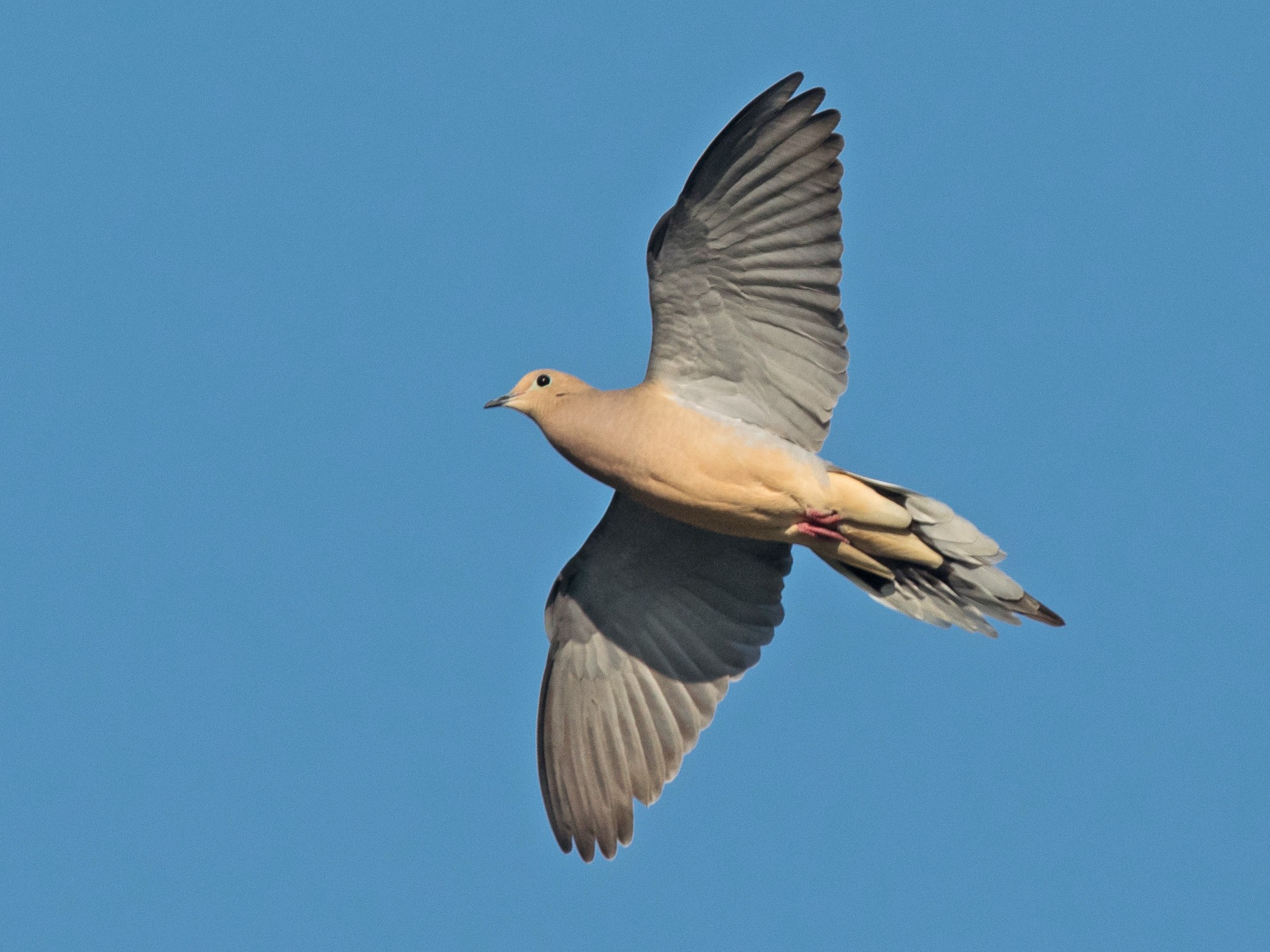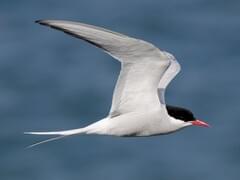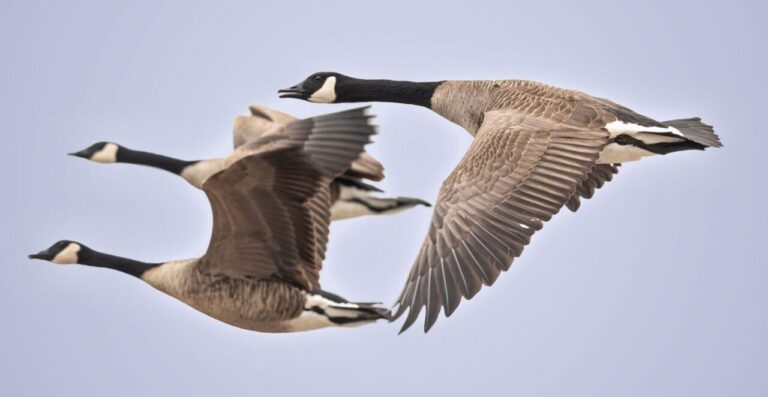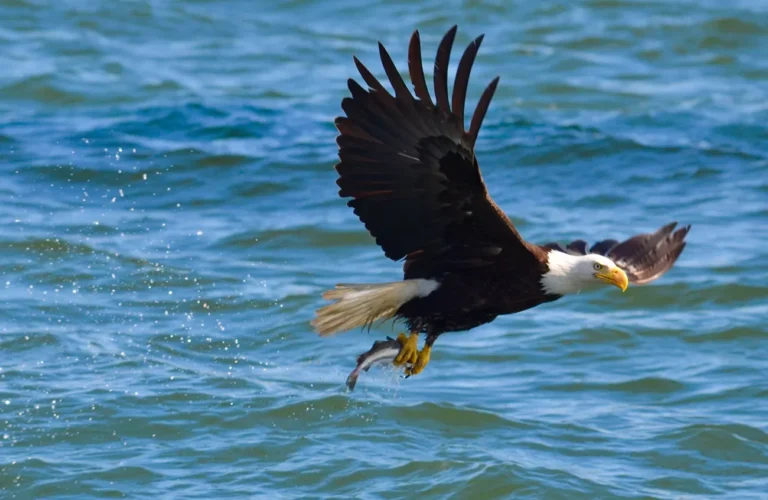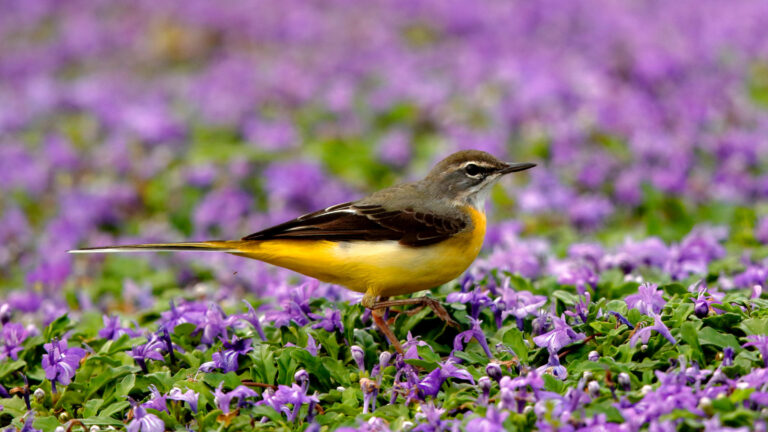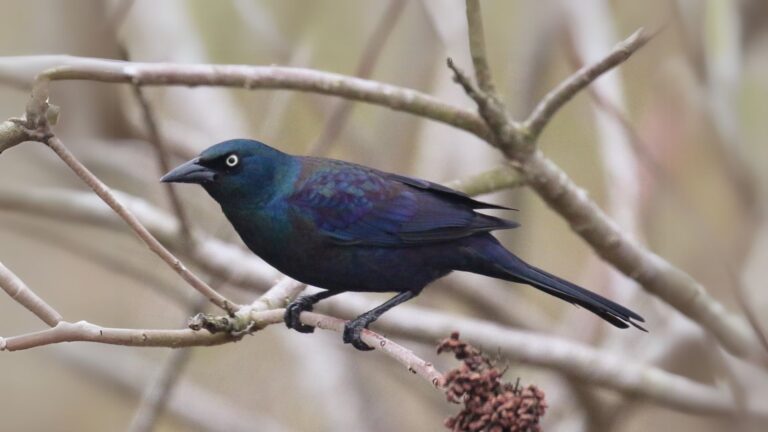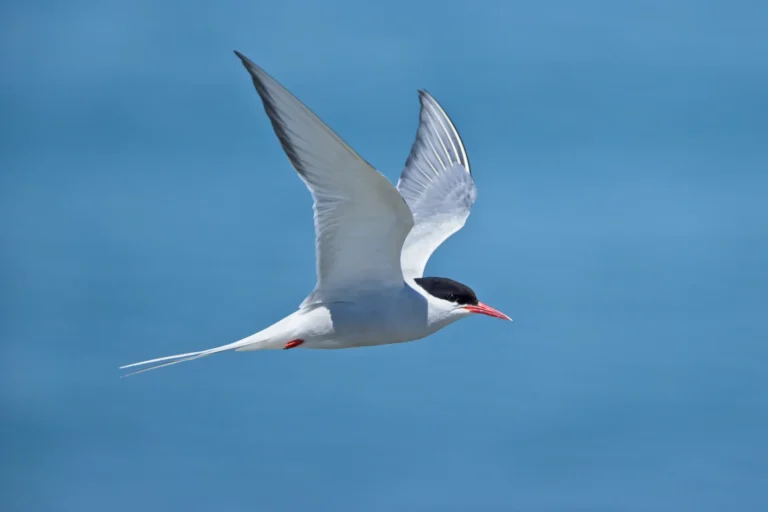Mourning Dove Symbolism: Understanding Spiritual and Cultural Meanings
Mourning Dove Symbolism Overview
Mourning doves show up in a lot of traditions, usually tied to peace, comfort, and new beginnings. That soft, haunting coo? It’s made them stand out as birds with some real emotional weight, especially when it comes to spiritual or symbolic meanings.
Symbolic Meaning of Mourning Doves
Most folks link the mourning dove symbolism to peace, hope, and remembrance. When one appears, people often take it as a sign of comfort after loss—a kind of gentle nudge that someone you’ve lost is still close by. Some even say these birds carry messages from those who’ve passed on.
There’s also this strong connection to forgiveness and healing. Mourning doves seem to show up just when you need to let go or heal after tough times. In lots of places, folks see them as a signal of fresh starts or second chances. According to this guide on mourning dove meaning, hope and new beginnings are at the heart of their mourning dove symbolism.
Some people even treat mourning doves as a totem animal, a kind of gentle teacher about finding peace inside yourself and with others.
Comparison to Other Dove Symbolism
Sure, doves in general have this “peace bird” vibe, but mourning doves bring their own twist. White doves usually pop up in weddings or spiritual moments, standing for purity and divine love.
But gray mourning doves? Their soft, sad call gives them a reputation for mourning and remembrance. Two doves together might mean love and fidelity, but mourning doves especially get linked to memory and gentleness, as explained in this article on dove symbolism.
Other doves might focus on joy or celebration, but mourning doves are remembered for bringing a sense of calm and helping folks through emotional healing.
Significance of Peace and Tranquility
Mourning doves really do represent peace and tranquility. That soft, repetitive coo can quiet a room—or a mind. Lots of people believe that just seeing one, or hearing it, can ease anxiety and bring a bit of calm.
Some even call them a living sign of “peace of the most profound kind,” like in this discussion of their peaceful nature. Watching a pair of mourning doves just sitting together can create a feeling of safety and renewal.
They remind us to pause, to breathe, to let stillness in. The mourning dove totem, for what it’s worth, really pushes the idea of forgiveness and letting go of old anger.
Cultural Interpretations of Mourning Doves
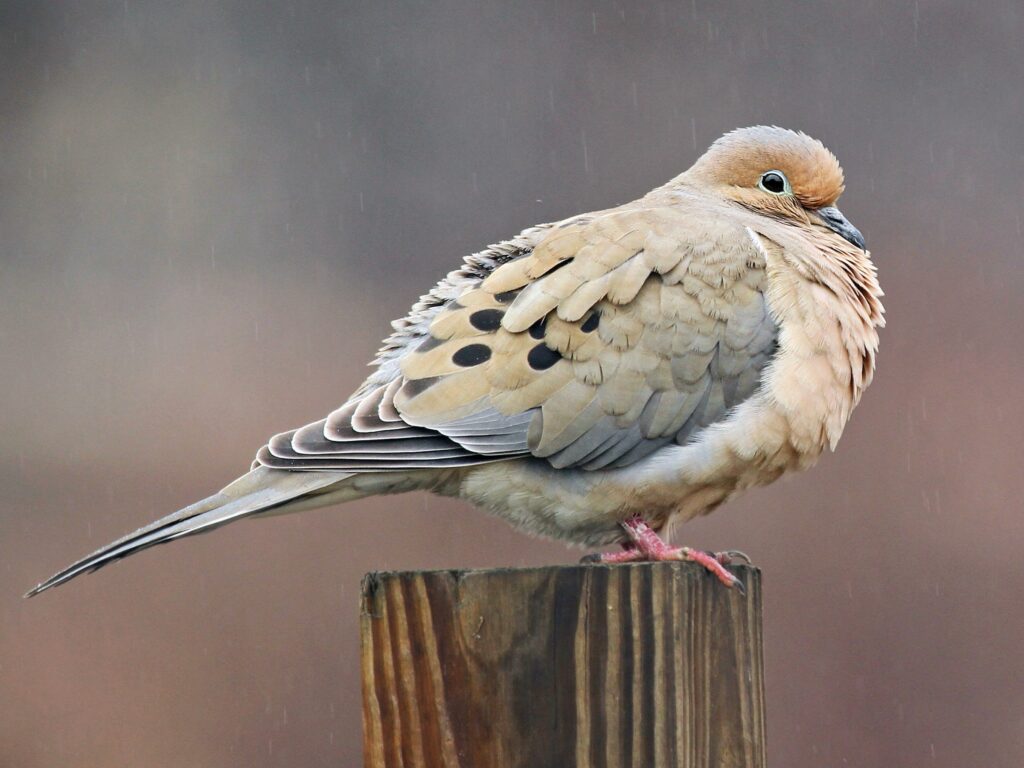
Mourning doves get wrapped up in big themes like peace, hope, and remembering those we’ve lost. They show up in stories as messengers or signs from the spirit world, and their meaning often goes way beyond just being a bird in the backyard.
Mourning Doves in Folklore
Mourning dove symbolism shows up in all sorts of legends, mourning doves come across as symbols of peace and love. Their call is gentle and, for some, comforting during tough times. People say that spotting a mourning dove means a loved one is nearby or that good news is coming your way.
Plenty of cultures treat them as spiritual messengers, carrying words from those who have passed on. Maybe that’s why doves turn up in so much poetry and art about peace or the afterlife.
These days, mourning doves can stand for hope, innocence, and a kind of quiet grace. Their calm vibe has shaped a pretty positive reputation. If you want to dig deeper into their place in history, check out this article on the symbolism of mourning doves.
Native American Beliefs
Some Native American groups see mourning dove symbolism in a pretty special way. They often stand for new beginnings or fresh starts. The dove’s call is thought to bridge the spiritual and physical worlds, hinting that the spirit world is close.
Mourning doves can also symbolize gentleness and kindness, nudging people to treat each other with care. In certain stories, they deliver important messages, especially when someone’s about to start a new chapter in life.
Sometimes, the arrival of a mourning dove means it’s time to listen to your own heart—or maybe pay attention to what ancestors have to say. For more about these traditions, check out this overview of mourning dove meanings in various cultures.
Mourning Doves in Religion and Literature
You’ll spot mourning doves in religious stories and literature, usually as signs of peace, hope, or comfort when life gets rough. Doves show up in important religious texts, especially the Bible, to drive these ideas home.
References in the Bible
Mourning dove symbolism plays a big role in a few Bible stories. Remember Noah’s Ark? The dove comes back with an olive branch—clear sign the flood’s over and peace is on the way. Doves also symbolize the Holy Spirit, especially when one appears at Jesus’s baptism.
Plenty of lessons and parables use doves to talk about God’s love and forgiveness. People see them as gentle creatures—symbols of purity and innocence. Their calm has made them a go-to symbol for peace and comfort throughout scripture. If you’re curious, there’s a good summary of dove symbolism in biblical stories.
Birds of the Bible
Doves, including mourning doves, are among the most recognized birds in the Bible. The text uses birds to teach all sorts of lessons—sparrows, eagles, and, of course, doves. But doves are especially tied to renewal, peace, and new beginnings, more so than most other birds.
In art and funeral imagery, mourning doves often stand for the soul’s peaceful journey to a better place. This pops up in both Christian and Jewish traditions. These mentions give mourning doves a special place among birds of the Bible and make them pretty familiar even to folks who don’t know much about birds.
Mourning Dove Symbolism in Life Transitions
People often notice mourning dove symbolism during tough times or big life changes. There’s something about these birds that gets folks thinking about endings, beginnings, and everything in between.
Mourning Doves as Messengers of Death
Lots of people believe mourning doves show up when someone’s grieving. Their quiet call and calm presence can bring a little comfort. In some cultures, they’re seen as go-betweens—carrying messages from the living to the dead, or just reminding us that those we love aren’t really gone.
It’s not unusual to spot a mourning dove at a funeral or memorial. Many take that as a spiritual sign or a symbol of lasting love. When one appears, it can help folks find hope even in the middle of sadness. The bird’s presence suggests that comfort and understanding might be closer than you think. If you want to read more, check out how the mourning dove is seen as a symbol of hope and peace here.
Creation and Rebirth Themes
But it’s not all about endings. Mourning dove symbolism also get tied to creation and renewal. Their gentle ways and that persistent coo can mark the start of something new or offer support when you’re facing a big change. People often see their arrival as a hint that good things are coming.
A big part of dove symbolism is rebirth. Just as a dove returns to its nest, it reminds us to go back to our roots or start fresh after a loss. In spiritual practice, spotting a mourning dove can feel like a nudge to accept change and move forward. There’s more about its spiritual meaning during transitions here.
Behavioral Symbolism and Life Cycle

Mourning doves have some pretty unique habits that add to their symbolism—especially when it comes to peace and devotion. The way they act, from courtship to feeding, ties right into themes like love, nurture, and fresh starts.
Courtship Dance and Mating
Their courtship is honestly kind of sweet. The male does this slow, showy flight to get a female’s attention, then lands nearby, bows, and coos softly. It’s calm, never flashy, and fits their peaceful reputation.
Mourning doves usually stick with the same partner for life. Their loyalty and gentle rituals have made them a symbol of lasting love and trust in a lot of cultures. If you want to see how their actions tie into love and trust, there’s more info here.
Nesting and Parental Care
Mourning doves build pretty basic nests—just a loose pile of twigs and grasses, really. Both the male and female pitch in, working together in trees, shrubs, or even on building ledges. You’ve got to admit, their teamwork says a lot about cooperation and unity.
The female usually lays two plain white eggs. Both parents take turns incubating and keeping the eggs warm. After hatching, they stay attentive—brooding the chicks and feeding them. Their care gives mourning doves a reputation for nurturing and protection in the animal world.
A brief timeline:
| Event | Approximate Timing |
|---|---|
| Egg laying | 1-2 days |
| Incubation | 14 days |
| Hatching | 14-15 days |
Feeding and Crop Milk
Mourning doves mostly eat seeds they find on the ground—grains, grasses, weeds, you name it. They often feed in groups, which kind of gives off a peaceful vibe.
For the first few days after the chicks hatch, the parents make “crop milk.” It’s a thick, nutrient-rich liquid produced in their crops, and it’s pretty much essential for the chicks. Not many birds do this, so it really stands out as a sign of devoted parenting. If you’re curious, check out more about their feeding habits and care at All About Birds.
Comparison With Other Birds

Different birds mean different things in culture, art, and daily life. Mourning doves stand out for their gentle symbolism, especially when you compare them to some other familiar birds.
Turtle Dove and Mourning Dove Differences
Mourning doves and turtle doves look a lot alike, but they’re not the same in meaning or traits. The mourning dove is mostly known as a sign of peace, love, and remembrance. It often shows up after a loss, bringing comfort and maybe a little hope.
Turtle doves are famous for representing devotion and lifelong partnership. In stories and poems, you’ll see turtle doves as a symbol of loyal love—especially between couples. They’re also tied to holidays like Christmas, which gives them a different vibe.
Physical differences matter too:
- Mourning doves are more common in North America.
- Turtle doves have richer colors and a noticeable patch on their neck.
- Their calls don’t sound quite the same.
If you’re interested in what sets mourning doves apart, check out these facts about mourning doves.
Contrasts With Crow, Raven, and Blue Jay
While doves have a soft, gentle meaning, birds like crows, ravens, and blue jays carry sharper, more outspoken symbolism.
- Crow: Crows are tied to intelligence, change, and sometimes mystery or even death. Myths often show them as magical or as warning signs.
- Raven: Ravens connect with wisdom, secrets, and prophecy. Legends often put them at the center of darker themes.
- Blue Jay: Blue jays stand for boldness, clarity, and protecting their families. Their bright blue feathers and loud calls make them hard to miss.
Mourning doves give off calm, hope, and gentle messages. A crow or raven might warn you or hint at change. Blue jays bring energy and determination. The contrast really shows why mourning doves are so unique in bird symbolism. If you want more on doves as peaceful symbols, see this page on dove symbolism.
Mourning Dove as a Totem Animal

The mourning dove acts as a gentle guide for people who feel drawn to its spirit. As a totem animal, it stands for peace, healing, and hope. Folks often look to the dove for a reminder to stay calm when life gets stressful.
Many see the dove totem as a sign to let go of sadness. It teaches that mourning is natural, but looking ahead matters too. There’s more on this in lessons from the dove totem.
The mourning dove also highlights the value of family and close relationships. Some people say it inspires unity and stronger bonds with loved ones. It nudges us toward kindness and connection.
Key qualities of the dove totem include:
| Quality | Meaning |
|---|---|
| Peace | Brings calm and steadiness |
| Hope | Signals new opportunities |
| Healing | Supports emotional recovery |
| Love | Encourages deep caring |
| Focus | Reminds us to stay determined |
In some traditions, the dove’s steady flight shows us the need to move forward with purpose, as mentioned in mourning dove animal symbolism.
Doves are often seen as messengers of good will and hope. When one visits, it can feel like a small gift or a sign of reassurance. There’s more about this in what it means when a mourning dove visits.
Mourning Doves in Modern Contexts

You’ll spot mourning doves in both city and country settings—they’ve gotten pretty good at adapting. They matter in ecosystems and, for better or worse, they’re a main species for hunting in North America.
Role in Wildlife and Ecosystems
Mourning doves help keep their habitats balanced. They eat seeds like millet, sunflower, and corn. Because of this, they spread and control plant growth, making them important seed dispersers for native plants.
Their soft cooing is a familiar sound in parks and gardens, and their gentle presence often brings a little calm to people nearby. Hawks, falcons, and even domestic cats hunt them, so doves play a part in the food chain by supporting other wildlife.
They build simple nests—usually in trees or shrubs—and raise several broods each year. Their knack for thriving near people and out in the wild makes them one of the most widespread birds in North America. If you want more, check out Bird Meanings.
Game Birds and Human Interaction
Mourning doves are some of the most hunted game birds in the United States. Each year, hunters pursue millions of them during regulated seasons. These hunts actually help manage dove populations and, through license fees and special taxes, end up supporting conservation efforts.
Out in rural and farming areas, folks have mixed feelings about mourning doves. On one hand, they eat weed seeds, which can help farms. But when big flocks show up, they might go after grain crops too, and that’s not always welcome.
It’s kind of strange—people respect the dove as a symbol of peace and love, yet it’s also a popular game bird. Laws and hunting regulations try to keep dove populations healthy while still letting hunters enjoy the sport. Plenty of wildlife groups focus on protecting their habitats, hoping to keep mourning doves common across the country.
